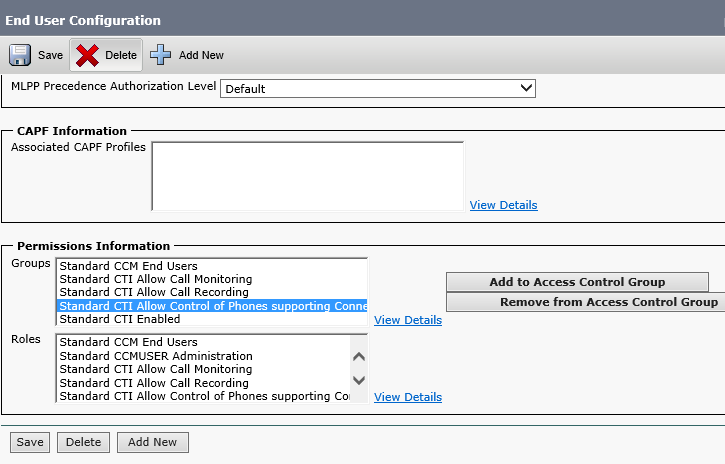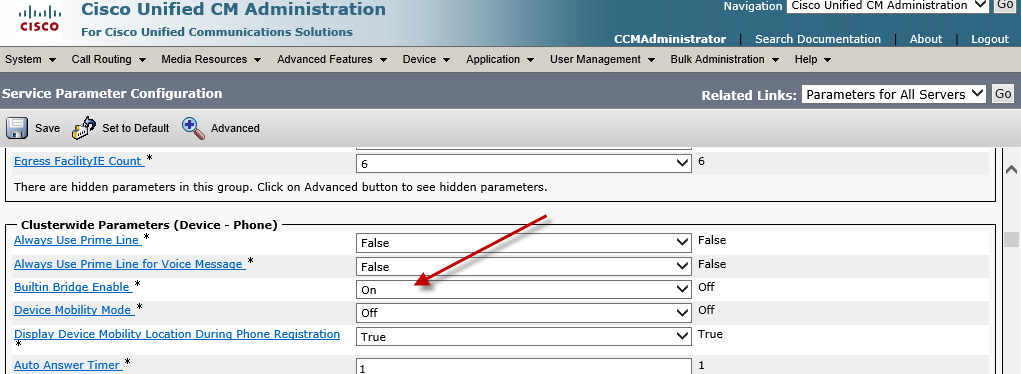[breadcrumb]
For compliance will you Record Audio or Screen?
There are a range of products and services that can be used to "record" phone calls on a CISCO CUCM, UCCX and UCCE. These products range in sophistication from services that simply save a wav file of a recording which you can search for by time and date, to very sophisticated recorders with advanced index and search capabilities. Some products even include speech recognition functions that can be used to search files for a particular call or even handle a recording base on the audio content. CISCO Workforce Optimization and Advanced Quality Management adds desktop screen recording and metrics that can also be used for evaluations and service observing. All of these products have one characteristic in common; they require you to configure a recording capability in your CUCM to copy the media stream from the target source to the recording server. There are a number of options for doing this including SPAN recording and other options that require you to configure your Ethernet switches to accommodate the recording function. The simplest method to copy media streams is to use the Built in Bridge or BiB of a CISCO phone. Clearly this can only work for a specific set of CISCO phones, but most phones support this function.General Recipe!
The following is a basic general recipe for setting up your CISCO CUCM for recording and identifies some of the decisions you have to make along the way.- Gateway or Phone;
- Notification or not; Notify the caller, or the Agent or both?
- Route Pattern for Recorder along with a Partition and Calling Search Space.
- Create a Recording Profile;
- SIP Trunk Setup between CUCM and Recording server; and options CUCM and Gateway;
- Identify Users and add them to the proper CTI Recording and Monitoring Group;

- Enable BiB on the phone;

- Enable Recording on the DN; Auto always or Selective and reference Recording Profile;